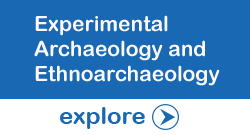December_Speakers
Down Ancient Trails: About our Speakers
DECEMBER 2020
Return to home page of Down Ancient Trails
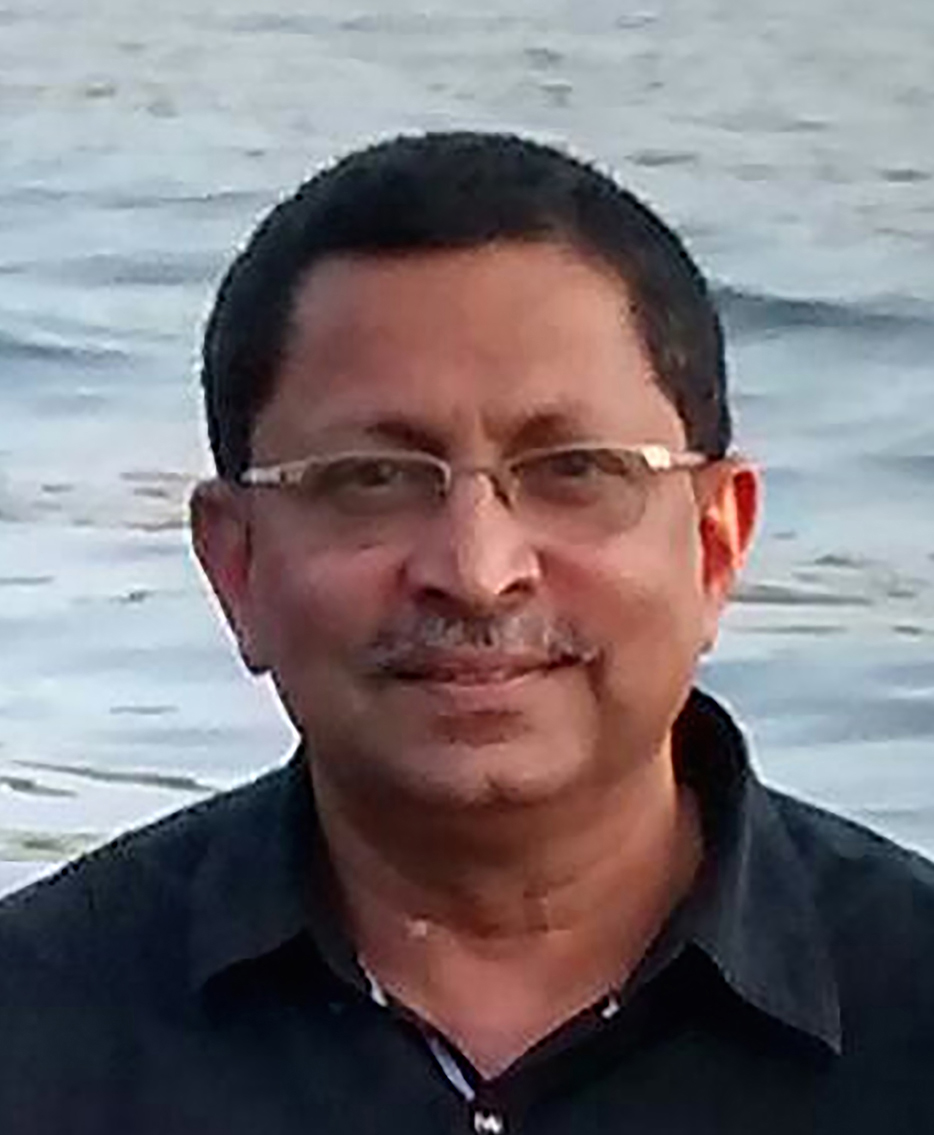 30th December, 2020, 6.30 pm (IST) Professor Ajithprasad. P, The M S University of Baroda, India, Topic: Hunter-gatherer Transition and Gujarat
30th December, 2020, 6.30 pm (IST) Professor Ajithprasad. P, The M S University of Baroda, India, Topic: Hunter-gatherer Transition and Gujarat
Abstract: North Gujarat has one of the earliest Mesolithic and agropastoral settlements in western India. Excavations of a few sites such as Loteshwar, Datrana and Vaharvo timbo in the region have indicated concrete evidence of hunter-gatherer transition and beginning of agropastoral life. The presentation focuses on assessing the archaeological data from these three sites for understanding the process of transition. Archaeobotanical and zoo-archaeological remains from the above sites along with other cultural materials are investigated for this purpose. One of the major concerns here was to assess proxies of transition that would indicate trends in hunter-gatherers resource management tending towards food production. It also examines the effect of long-term interaction that existed between the hunter-gatherer and the chalcolithic agropastoral communities in the region. The study shows importance of technological spread and interregional interaction in the process of transition..
About: "I am working at the Department of Archaeology and Ancient History, The Maharaja Sayajirao University of Baroda, Vadodara, Gujarat since 1990. Have research interest in Stone Age prehistory and Harappan archaeology. My research in Palaeolithic archaeology is mainly focussed in the Orsang and the Sabarmati Valleys in the eastern margins of Gujarat, and of late, the Kachchh region in the northwest. I have also investigated the hunter-gatherer transition and the beginning of agro-pastoral and Early Harappan settlements in North Gujarat. I am currently involved in the Palaeolithic investigation in Kachchh along with the Early Harappan and Harappan cultural development in Gujarat".
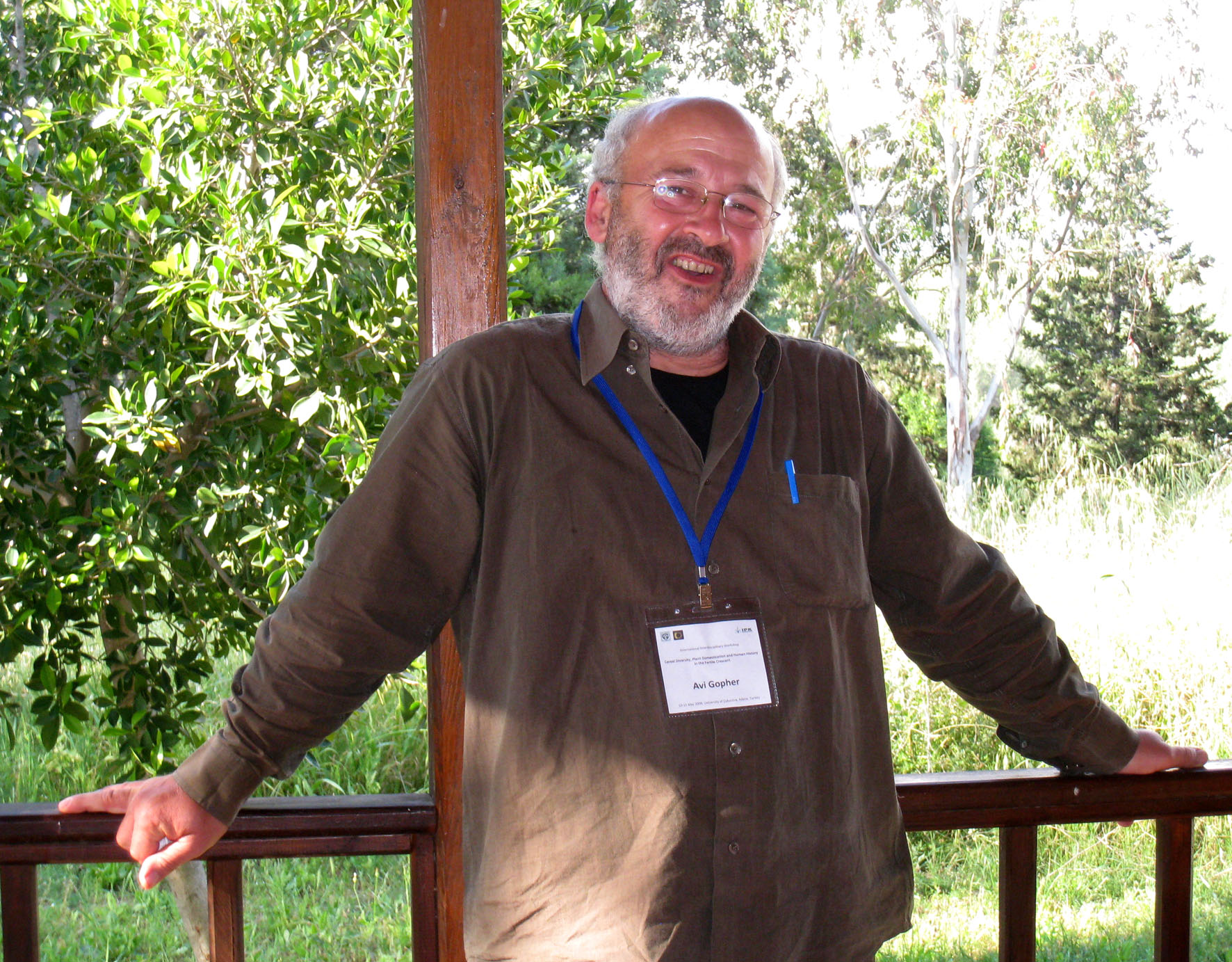 24th December, 2020, 1.30 pm. Professor Avi Gopher,The Sonia and Marco Nadler Institute of Archaeology, Tel Aviv University, Ramat Aviv , Israel and Professor Shahal Abbo, The Levi Eshkol School of Agriculture, The Hebrew University of Jerusalem, Rehovot 7610001, Israel. The archaeology of plant domestication in the Levant and thoughts on the modern condition of man
24th December, 2020, 1.30 pm. Professor Avi Gopher,The Sonia and Marco Nadler Institute of Archaeology, Tel Aviv University, Ramat Aviv , Israel and Professor Shahal Abbo, The Levi Eshkol School of Agriculture, The Hebrew University of Jerusalem, Rehovot 7610001, Israel. The archaeology of plant domestication in the Levant and thoughts on the modern condition of man
Abstract: The major issue pertaining to Near Eastern plant domestication by archaeologists is: which model best reconstructs plant domestication? On the one hand, the protracted-autonomous (non-centered) model, thriving in Near Eastern Neolithic studies in the past decade, emphasizes three major aspects of domestication: (a) a long, protracted process that was (b) geographically autonomous (non-centered) and characterized by (c) an unconscious dynamics. On the other hand is the alternative core-area-one-event (centered) model that views Near Eastern Neolithic plant domestication as knowledge-based and conscious, occurring in a geographically limited core area and during a short, single cultural event. In our view, the second model is corroborated by multiple lines of evidence from different fields of investigation, including archaeology, archaeobotany, agronomy and genetics (Abbo and Gopher 2017, 2020), although it currently represents a minority view.
Abbo S, Gopher A (2017) Near Eastern plant domestication: A history of thought. Trends in Plant Science 22: 491-511.
Abbo, S and Gopher, A (2020) Plant domestication in the Neolithic Near East: The humans-plants liaison Quaternary Science Reviews 242, 106412.
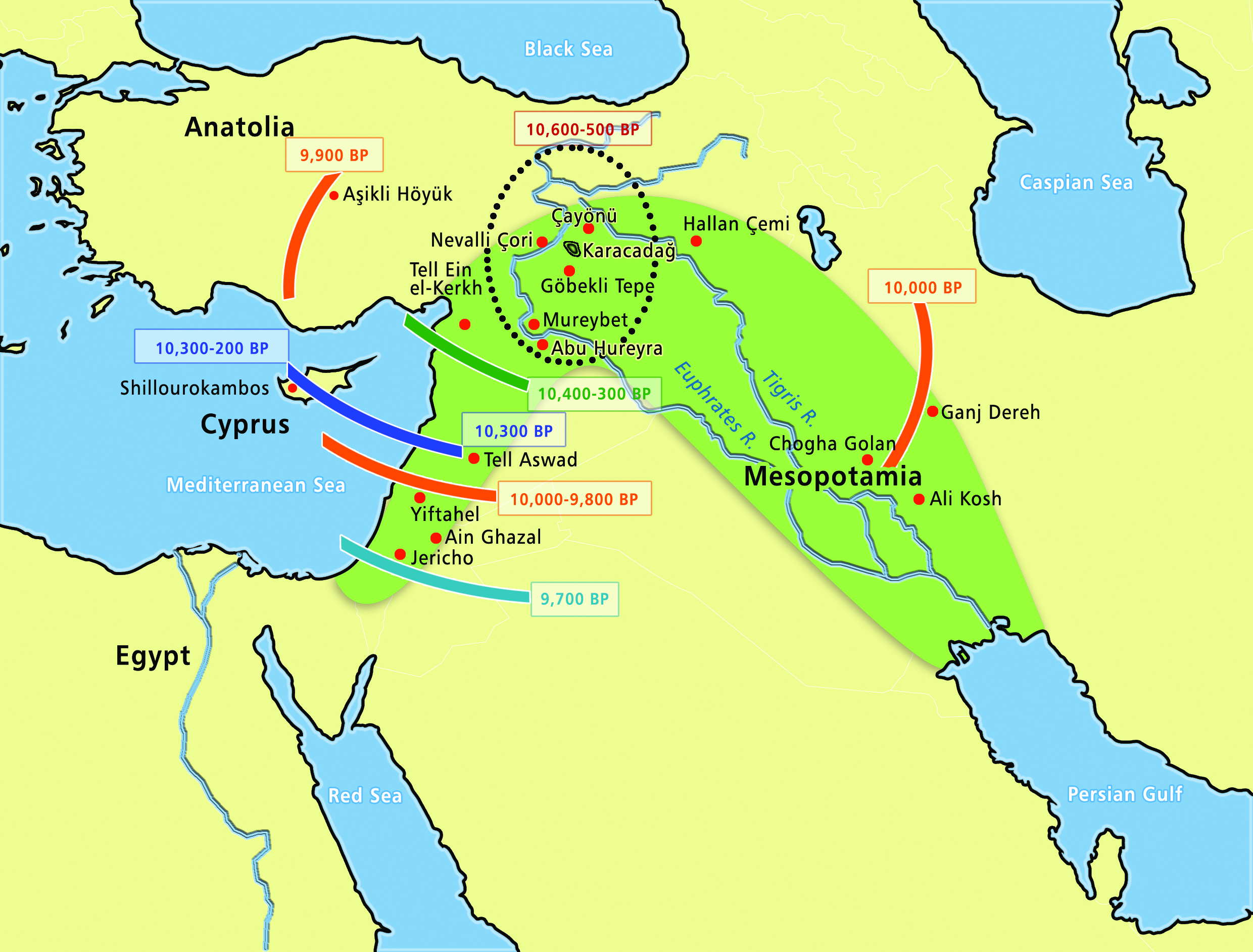 Figure caption: Charting the spread of Near East Domesticated Plants; The Levant as a primary center of plant domestication is a good arena for a detailed look into the intra-regional spread of domesticated plants because of rich data sets resulting from many years of intensive archaeological, geobotanical and archeobotanical research as well as from the genetic-based ‘ripple-waves of advance’ pattern, the chronological (14C-based), and geographical data available regarding Levantine plant domestication. The spread of domesticated plants within the grater Levant is in line with the spread of other cultural elements, as reported by other studies, notwithstanding the domestication model they endorse.
Figure caption: Charting the spread of Near East Domesticated Plants; The Levant as a primary center of plant domestication is a good arena for a detailed look into the intra-regional spread of domesticated plants because of rich data sets resulting from many years of intensive archaeological, geobotanical and archeobotanical research as well as from the genetic-based ‘ripple-waves of advance’ pattern, the chronological (14C-based), and geographical data available regarding Levantine plant domestication. The spread of domesticated plants within the grater Levant is in line with the spread of other cultural elements, as reported by other studies, notwithstanding the domestication model they endorse.
About: Professor Avi Gopher is an archaeologist at Tel Aviv University, with years of experience directing archaeological excavations of Pre-Pottery Neolithic and Pottery Neolithic sites and Paleolithic (early and late) sites in Israel. He is a member of a research group on plant domestication in the Levant.
Professor Shahal Abbo is an agronomist and plant geneticist at the Hebrew University of Jerusalem, with over 30 years of field experience with wild and domesticated grain legumes. He has developed several new practical and conceptual tools pertaining to plant domestication and crop evolution under domestication.
 16th December, 2020, 6.30 pm (IST): Dr. Andrea Picin, postdoctoral researcher, Max Planck Institute for Evolutionary Anthropology, Leipzig (Germany). Topic: Neanderthal settlement dynamics during the late Middle and Late Pleistocene in Central Europe.
16th December, 2020, 6.30 pm (IST): Dr. Andrea Picin, postdoctoral researcher, Max Planck Institute for Evolutionary Anthropology, Leipzig (Germany). Topic: Neanderthal settlement dynamics during the late Middle and Late Pleistocene in Central Europe.
Andrea Picin is a Paleolithic archaeologist specialized in lithic technology. His research focuses on the reconstruction of the adaptation of prehistoric hunter-gatherers to the climatic fluctuations of the Late Pleistocene and on the influence of the ecological settings in the development of different technical and subsistence behaviors. His research interest on Neanderthals and the processes that caused their extinction began during his studies at Universitat Rovira I Virgili (Tarragona, Spain), where he achieved a Ph.D. in Quaternary Science and Prehistory. Since 2009, he has been involved in several fieldworks and projects in Spain, Italy, Germany, Poland, Iran, Sri Lanka, Zambia, and Mongolia. In his current position as a postdoctoral researcher at the Max Planck Institute for Evolutionary Anthropology in Leipzig (Germany), Andrea is investigating the transition from the Middle to the Upper Paleolithic in the northeast of the Iberian Peninsula, and the dispersals of Neanderthals from Central Europe to the Caucasus during the Late Middle Paleolithic. Since 2015, he is co-director with Dr. Manuel Vaquero of the excavation of Abric de la Consagració (Capellades, Spain), and he is collaborating on projects in several Catalan and Polish archaeological sites.
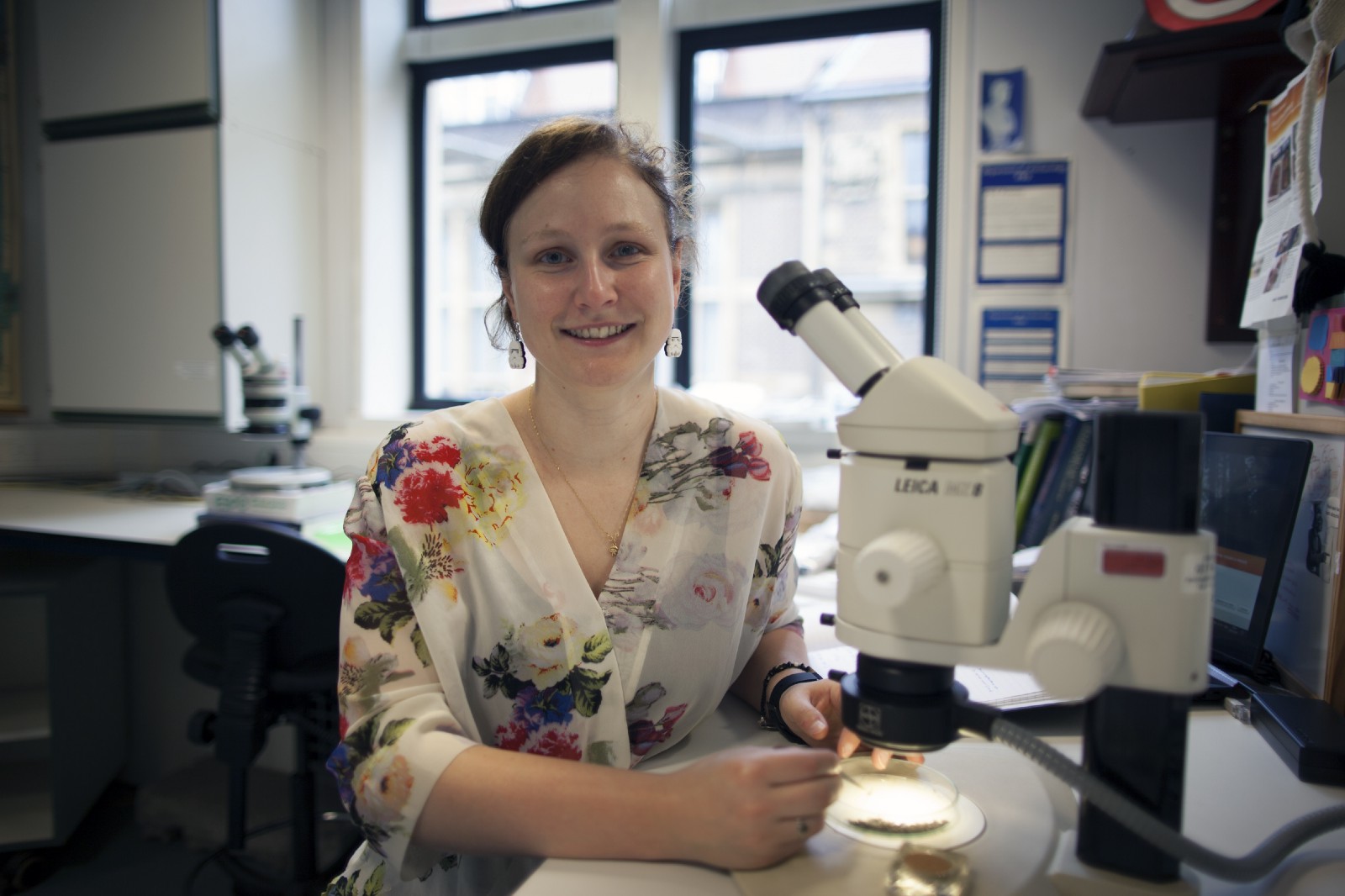 14th December, 2020, 6.30 pm (IST): Dr Jennifer Bates, Post Doctoral Fellow, Dept. of Anthropology, Penn Museum, University of Pennsylvania. Topic: Using seeds to think about the past: diet, environment and the climate.
14th December, 2020, 6.30 pm (IST): Dr Jennifer Bates, Post Doctoral Fellow, Dept. of Anthropology, Penn Museum, University of Pennsylvania. Topic: Using seeds to think about the past: diet, environment and the climate.
About: " I’m an archaeobotanist specializing in South Asian pre and proto history. I work in both north and south India, on the Indus Civilization, the Ganeshwar-Jodhpura Culture, and the South Indian Neolithic and Iron Age. My interests lie in exploring how past societies worked at all scales – how did people produce their food and distribute it, and what can that tell us about how that society worked? How did people interact with their environments, and what happened when those dynamics changed? I work at the University of Pennsylvania in the Penn Paleoecology Lab and am affiliated with the EHLTC project at UPenn, the PAGES LC6k project and the TwoRains project of the University of Cambridge and BHU"
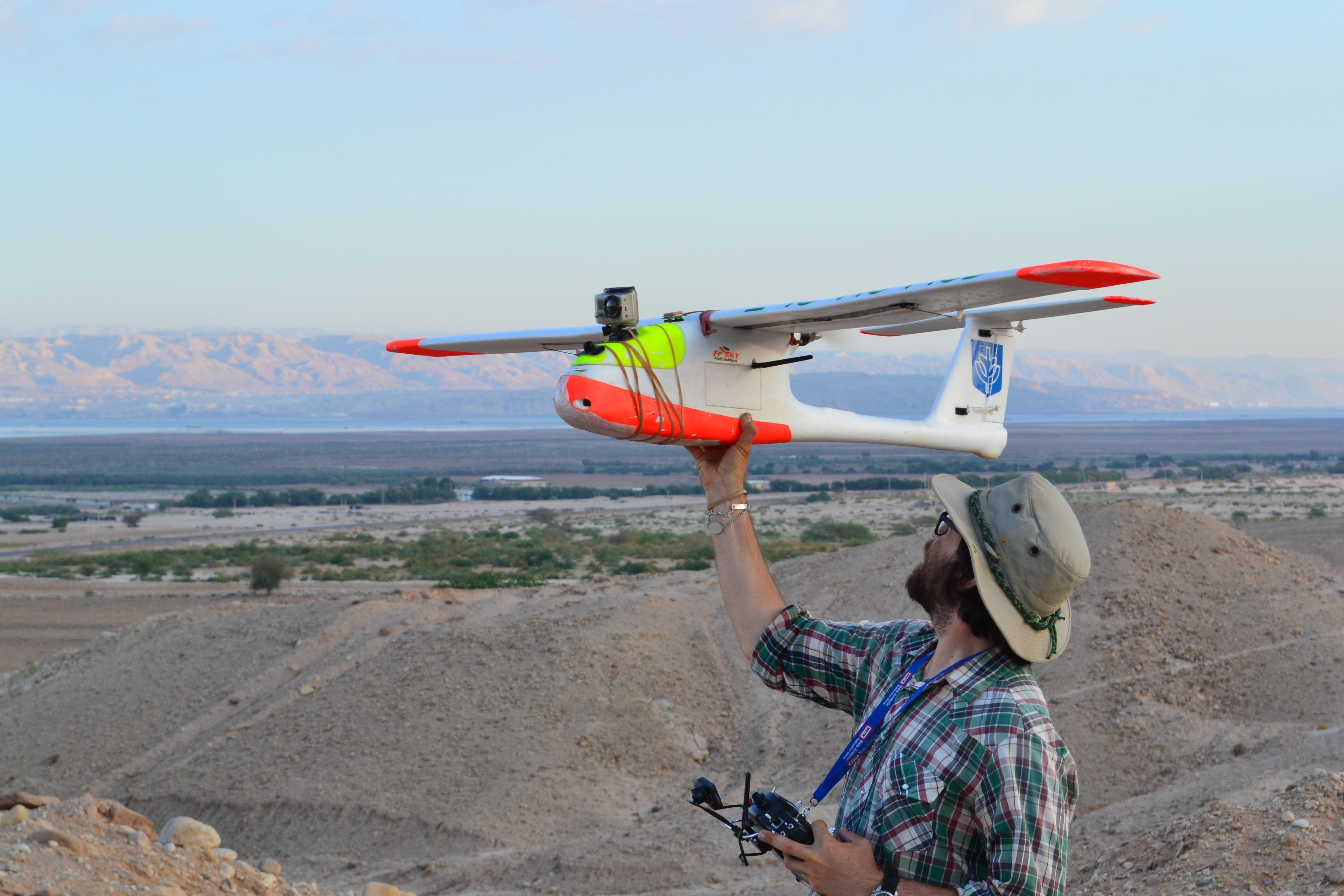 9th December,2020 6.30 pm. Dr. Chad Hill, Postdoctoral Researcher, Department of Anthropology, University of Pennsylvania. Topic: Archaeology and Drones: how flying robots are changing how we find and map the past
9th December,2020 6.30 pm. Dr. Chad Hill, Postdoctoral Researcher, Department of Anthropology, University of Pennsylvania. Topic: Archaeology and Drones: how flying robots are changing how we find and map the past
Abstract: Unpiloted Aerial Vehicles (UAVs), or “drones”, have rapidly become an important tool for site monitoring, landscape mapping, and archaeological prospection. Drones can be deployed quickly in remote locations, can operate in a wide range of conditions, and can provide higher resolution imagery than satellite images or traditional aerial photography. Over the course of the last decade, drone hardware has become increasingly more powerful, simple to use, and affordable. Simultaneously, a range of small and lightweight sensors have become available that expand the kinds of data that drones can collect. This paper will give an overview of how drones have become such a useful tool, with case studies showing the range of research questions to which they can be applied.
About: : Austin “Chad” Hill is a Postdoctoral Fellow in the Department of Anthropology at the University of Pennsylvania, working as a GIS specialist on the LandCover6K project. Dr Hill is an archaeologist specializing in remoste sensing, GIS, and faunal analysis. His research focuses on the later prehistory of the Near east. He is the field director of the Galilee Prehistory Project, a long term project focusing on the Chalcolithic period in northern Israel, and co-director of the Landscapes of the Dead research project, which uses drones to monitor looting at Early Bronze Age cemeteries in Jordan.
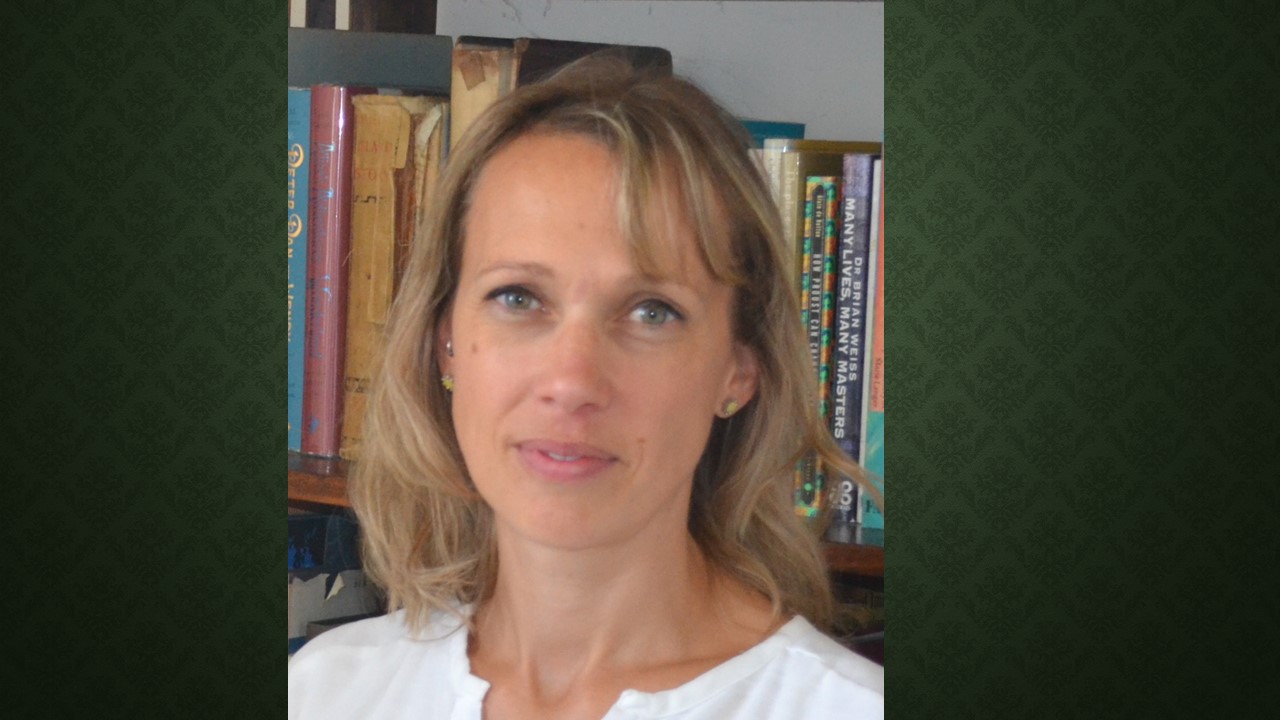 4th December 2020, 3.30 pm(IST).Dr. Annemieke Milks, Honorary Research Fellow at UCL’s Institute of Archaeology, London. Topic:How multi-faceted approaches to Pleistocene spears have shifted narratives on human predation
4th December 2020, 3.30 pm(IST).Dr. Annemieke Milks, Honorary Research Fellow at UCL’s Institute of Archaeology, London. Topic:How multi-faceted approaches to Pleistocene spears have shifted narratives on human predation
Abstract:Over the past decades, many aspects of the cultural and social lives of Pleistocene Homo have needed revision in light of new archaeological and palaeoanthropological evidence. A prevailing model posits that Middle and early Late Pleistocene hominin hunters focused on large terrestrial prey, and were limited to dangerous and close-range hunting strategies using ineffective spears. This traditional package, involving inferior technology paired with physiological limitations, can now be questioned from multiple angles. This talk will address early evidence of technologically-assisted human hunting through an evaluation of the best-evidenced weapon, hand-delivered spears. Annemieke will summarise a programme of systematic experiments on spear and human performance, focusing on skilled use. The talk will also highlight a recently published meta-ethnography of wooden spears, and how these data harmonise with experimental outcomes and new archaeological evidence.
About: Dr. Annemieke Milks researches the archaeology of Pleistocene humans and is currently an Honorary Research Fellow at UCL’s Institute of Archaeology. Her multi-disciplinary research on early weaponry has included collaborations with archaeologists, engineers, athletes and extant hunter-gatherers. She is Co-PI on the project Hand-thrown spears: Ballistics, accuracy and learning to hunt among BaYaka Congo Basin foragers, funded by the Wenner-Gren and Leakey Foundations. This project aims to better understand how spear hunting is learned in forager societies, and how physiology, age and training contribute to accuracy and hunting success. She is an affiliate member of the Forager Children Interdisciplinary Studies Group and in that capacity is actively researching the archaeology of hunter-gatherer children. Annemieke is also a keen science communicator.


